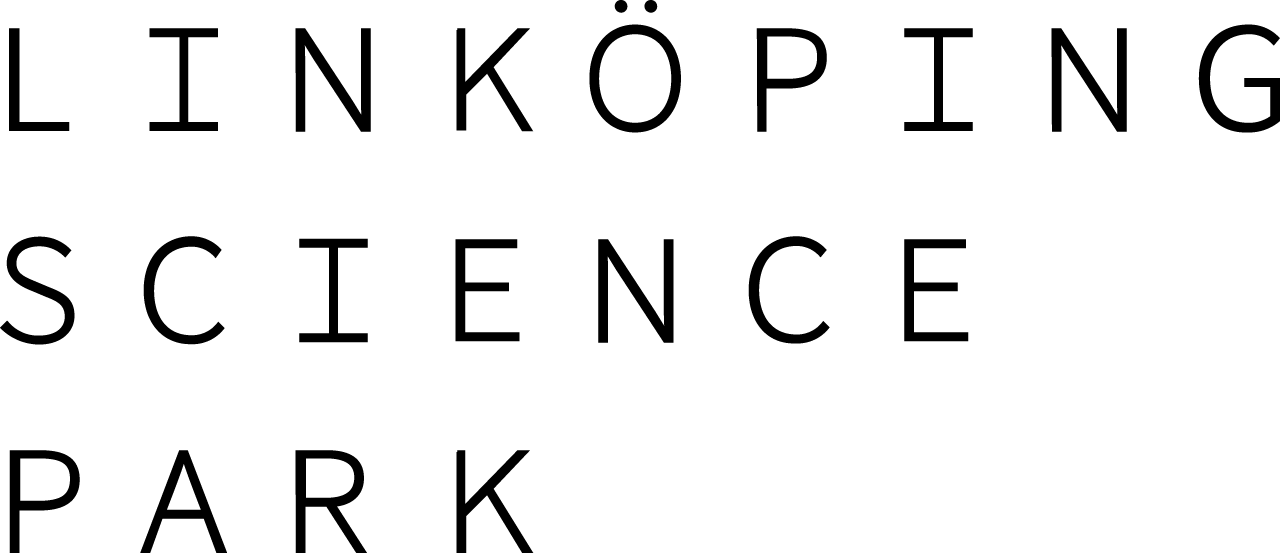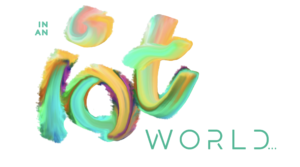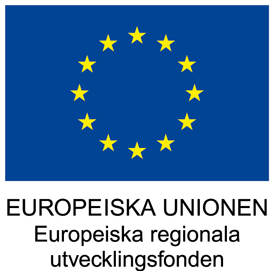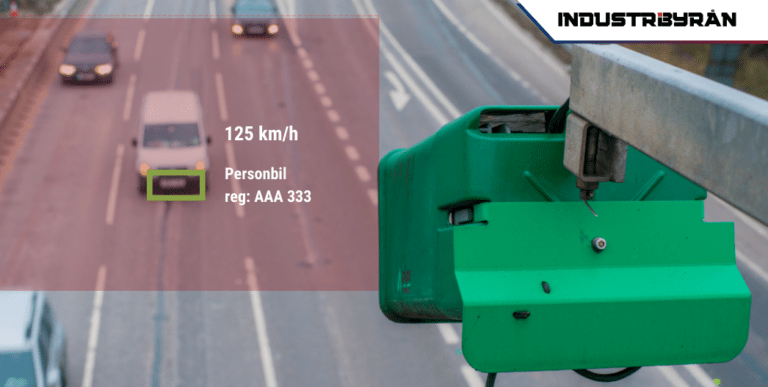Clients: National Association of the Visually Impaired Östergötland
Project participants: Gaia, LiU, RISE, VTI, Östgötatrafiken
Challenge
Accessibility work in public transport often focuses on physical environments, vehicle design and available information about travelers and tickets. The solution to these is often new infrastructure and new gadgets, which is costly. At the same time, there are high demands on public transport. To mention a few challenges there are societal requirements for faster transport, that public transport needs to be able to compensate for private cars, taxis or transport services and there is a strong belief in public transports ability to contribute to environmental work. This is happening at the same time as cities are becoming increasingly densely populated. It is common for bus stops to be served by several different lines and departures, and depending on the traffic situation, departures can therefore take place from different locations at the same bus stop or from another bus stop. The situation when getting on and off thus becomes dynamic. This development has made it more difficult for people with visual impairments to use public transport.
Solution
The project’s starting point is to create a digital solution that accompanies the visually impaired in the dynamic public transport. The solution should not require new physical installations, expensive equipment on vehicles or new aids. The solution integrates system solutions that apply digital twins of vehicles, open data that is shared in real time and machine learning with the mobile’s sensor system. The project is funded by Vinnova in the field of digital aids.
